Try to spread wads of hard, cold fat onto tender, crumbly bread, and you’ll be met with disappointment every time. The stiff butter sticks to the crumbs and to the knife, and our primal buttering reflexes tell us to press harder, resulting in shredded toast. You need a new strategy. A way to spread butter even when the cold stuff is your only option. Here are seven ways to butter your tender toast, without harming a single crumb on its crust.
The melt and brush
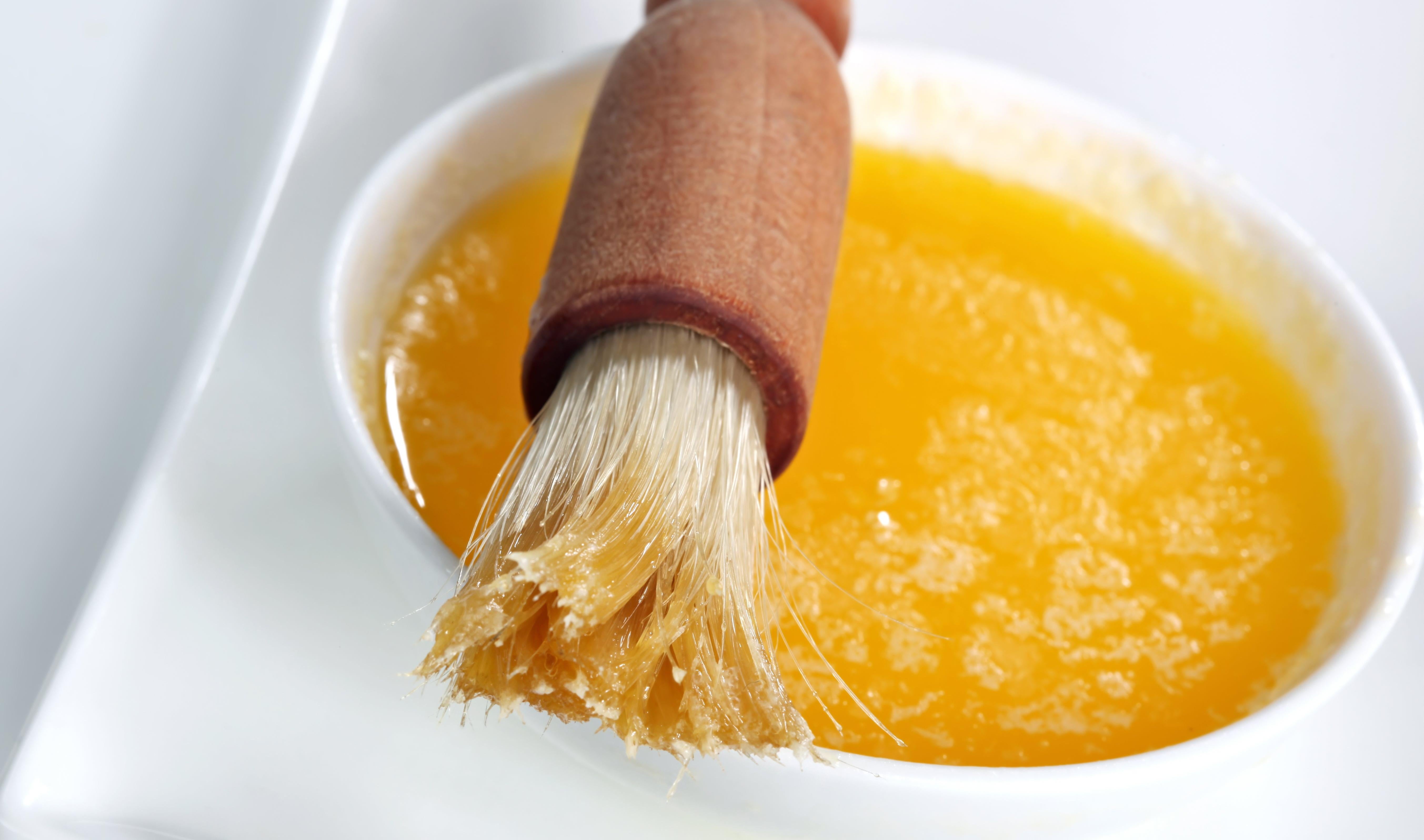
If the intention is melt evenly across the entire slice of bread, cut out the drama of anticipation and melt it separately first. Place a reasonable amount of butter in a bowl, and break it into smaller pieces. Pop the bowl into the microwave in 20-second intervals until it’s nearly melted (the residual heat will finish melting any remaining lumps). Use a pastry brush to evenly apply the melted butter to your toast. This method is excellent for batch buttering a bunch of toast for a big brunch or family breakfasts.
The cheese grater
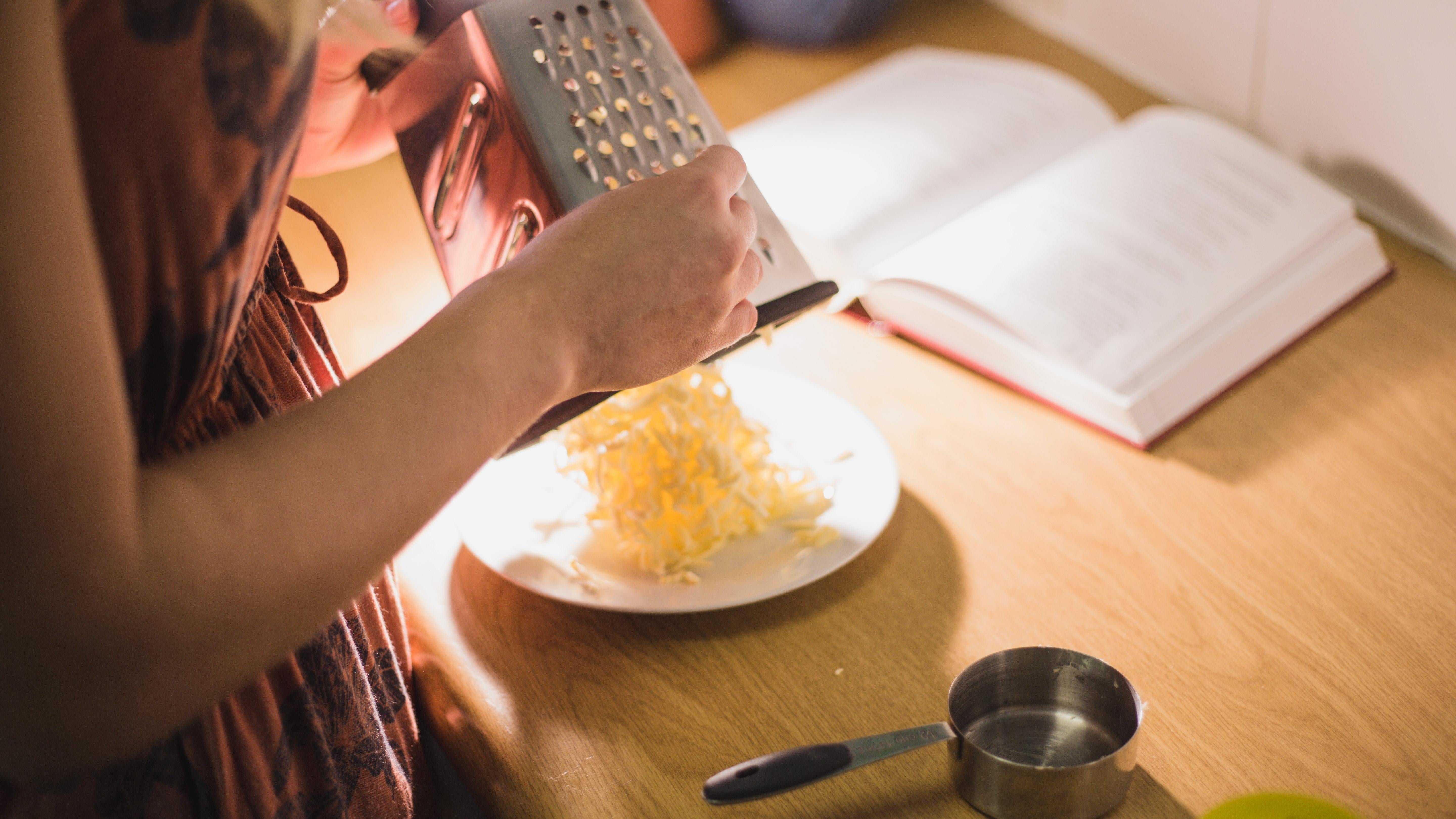
Shredding frigid fat makes it much easier to soften. Grating it cuts the pieces down into thinner bits, exposing more surface area. Put a pile of butter shreds onto a freshly toasted slice of bread, and the residual heat from the toast will penetrate the fat in seconds. Take a butter knife to it and see the tangled threads of butter liquify before your eyes.
The slice, sandwich, and wait
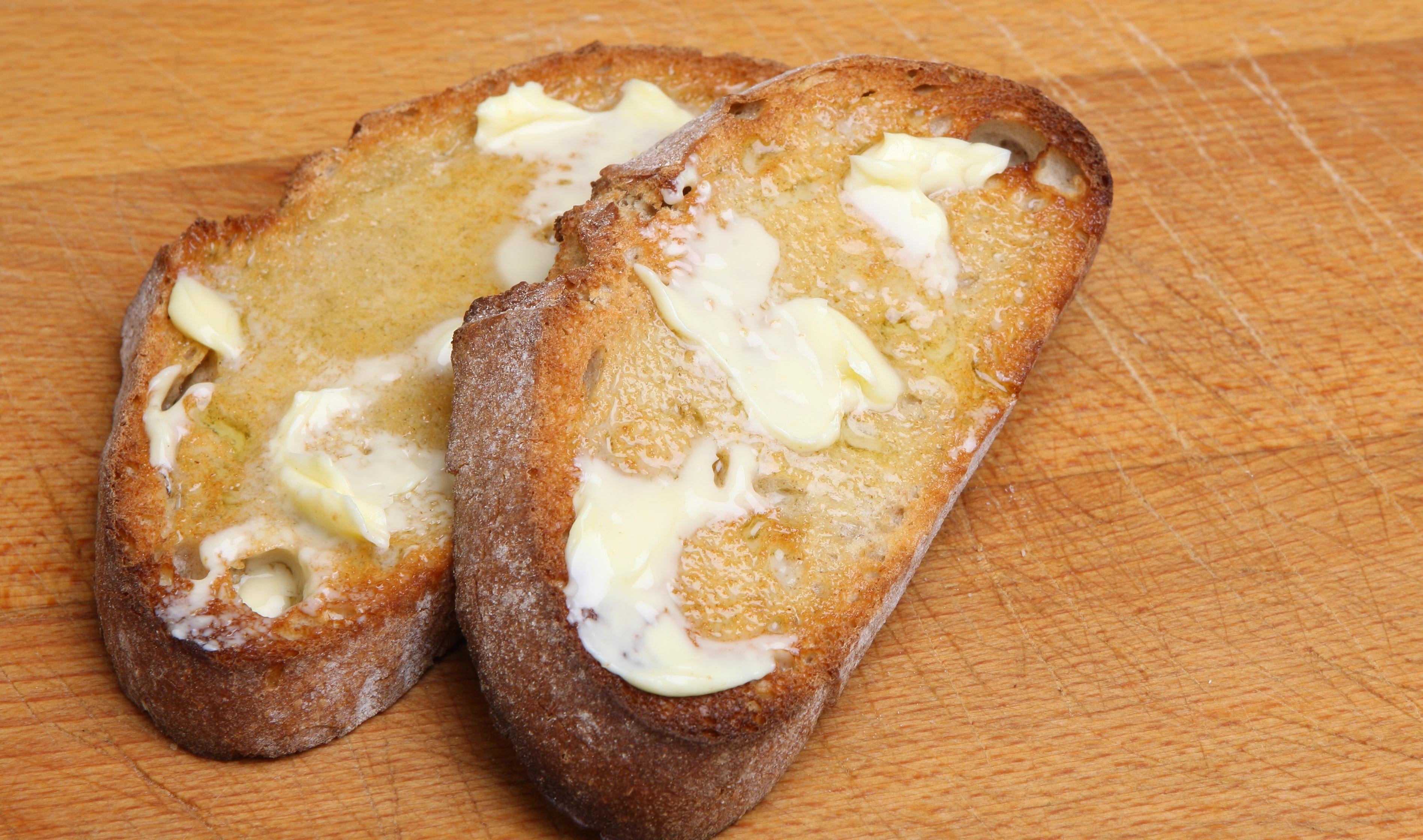
This is my dad’s favourite method, and a few toast connoisseurs at Lifehacker also practice this one. Using popularity as a gauge, I’d say we’ve got a winner. You need two pieces of freshly toasted bread to make this work. Slice a few pats of butter, and strategically space them out over one slice of toast. Place the other piece of hot toast on top of the pats. They are now trapped between two pieces of warm toast, increasing the softening power. Wait a couple minutes, and then use a knife to spread out the softened butter, or just rub the two toasts together, and save yourself from washing a knife.
The vegetable peeler
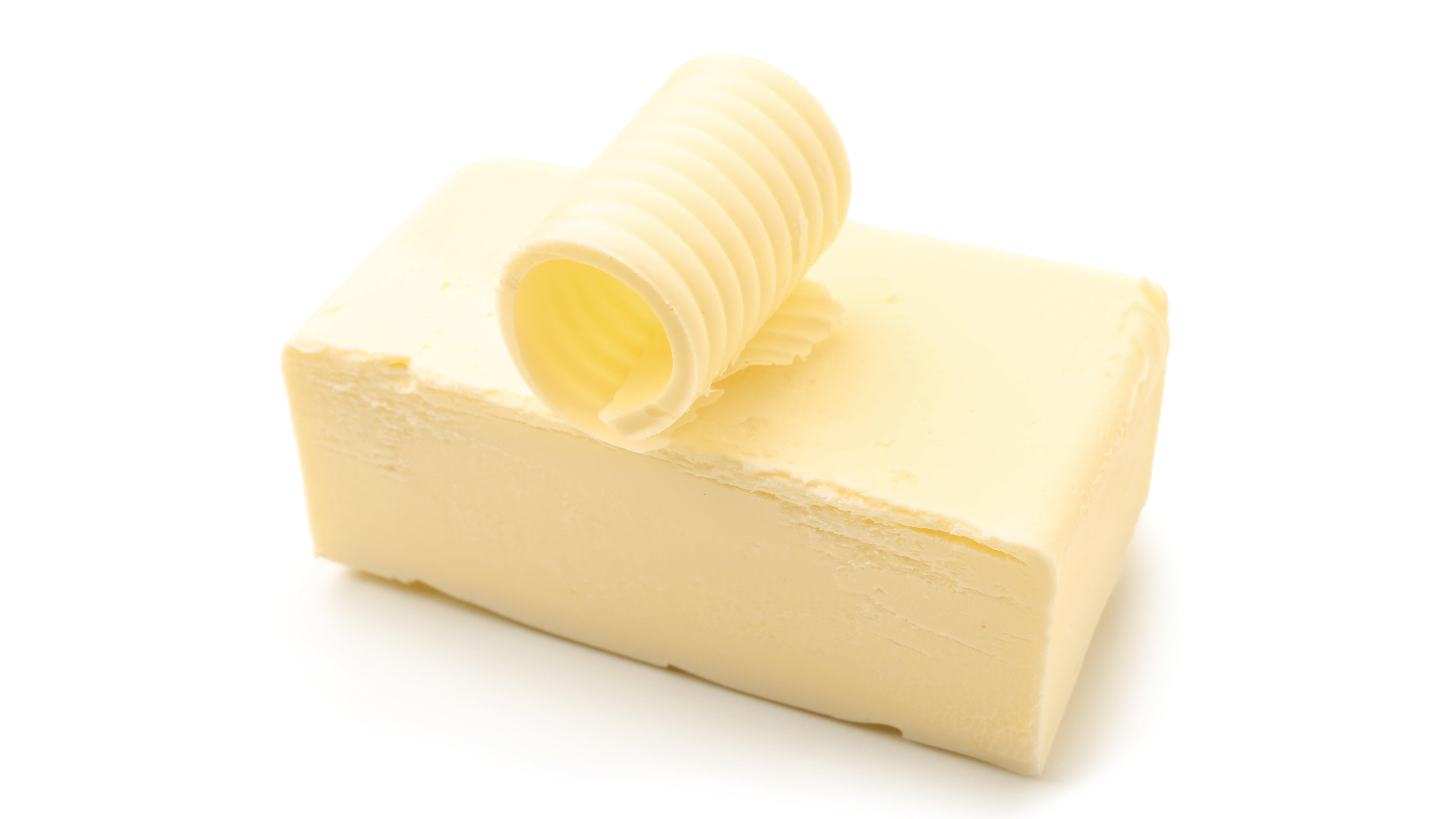
Instead of grating a lot of tiny pieces for your toast, try using a vegetable peeler to slice off one long ribbon. The shape of the peeler’s blade keeps the strip of butter at an even thinness, which leads to even melting. Use the peeler on the long side of the stick of butter, to cover as much toast as possible. Lay the butter ribbon on a freshly toasted piece of bread, and wait 30 seconds before spreading.
The butter bell
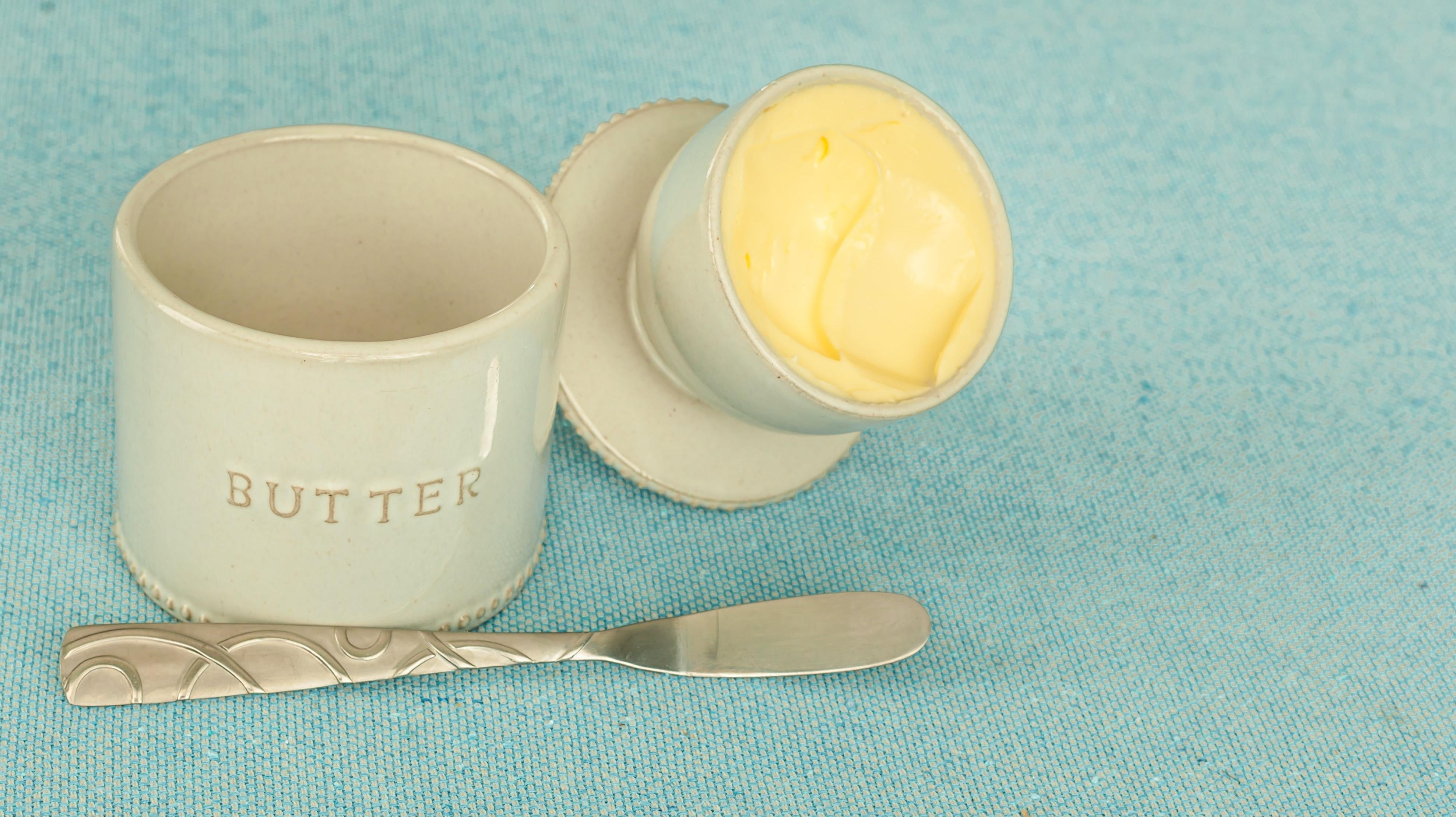
My favourite way to keep butter toast-ready is to store it in a butter bell, or French butter-keeper. I keep sticks of butter in the fridge too, but I need my snacking butter to be room temperature for when the mood strikes. The butter bell uses a small amount of water to create an airtight seal for your butter so bacterial growth is kept at bay, while storing it at a spreadable temperature. When your toast is ready, dig into the already soft butter and apply at will.
The fruit zester
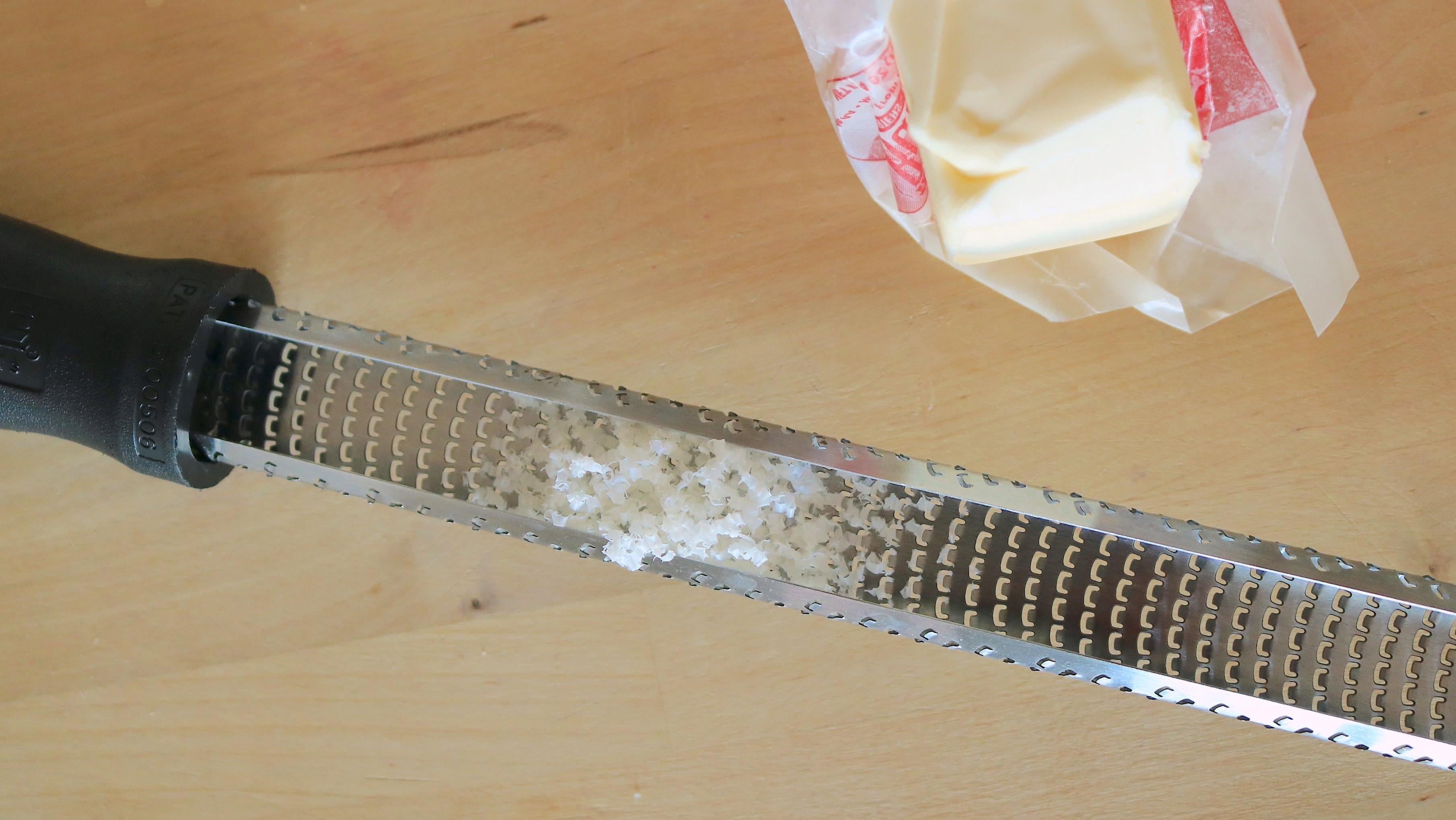
There are those dark days when you not only forgot to refill the butter bell, but you also forgot to move butter from the freezer to the fridge. Frozen butter is nearly impenetrable with a knife, and pressing the slippery brick of fat against a cheese grater or veggie peeler begs for a first aid kit. Surprisingly, a fruit zester, or microplane, which is essentially a cheese grater on a smaller, and sharper scale, works well with frozen butter. The tiny, grating edges of the zester are extremely sharp, but lifted just enough to achieve shallow cuts. Since you can’t dig deeply into frozen butter anyway, the grater will shave hundreds of saw dust-fine pieces onto your toast. The toast’s heat will melt those bits in no time.
The garlic press
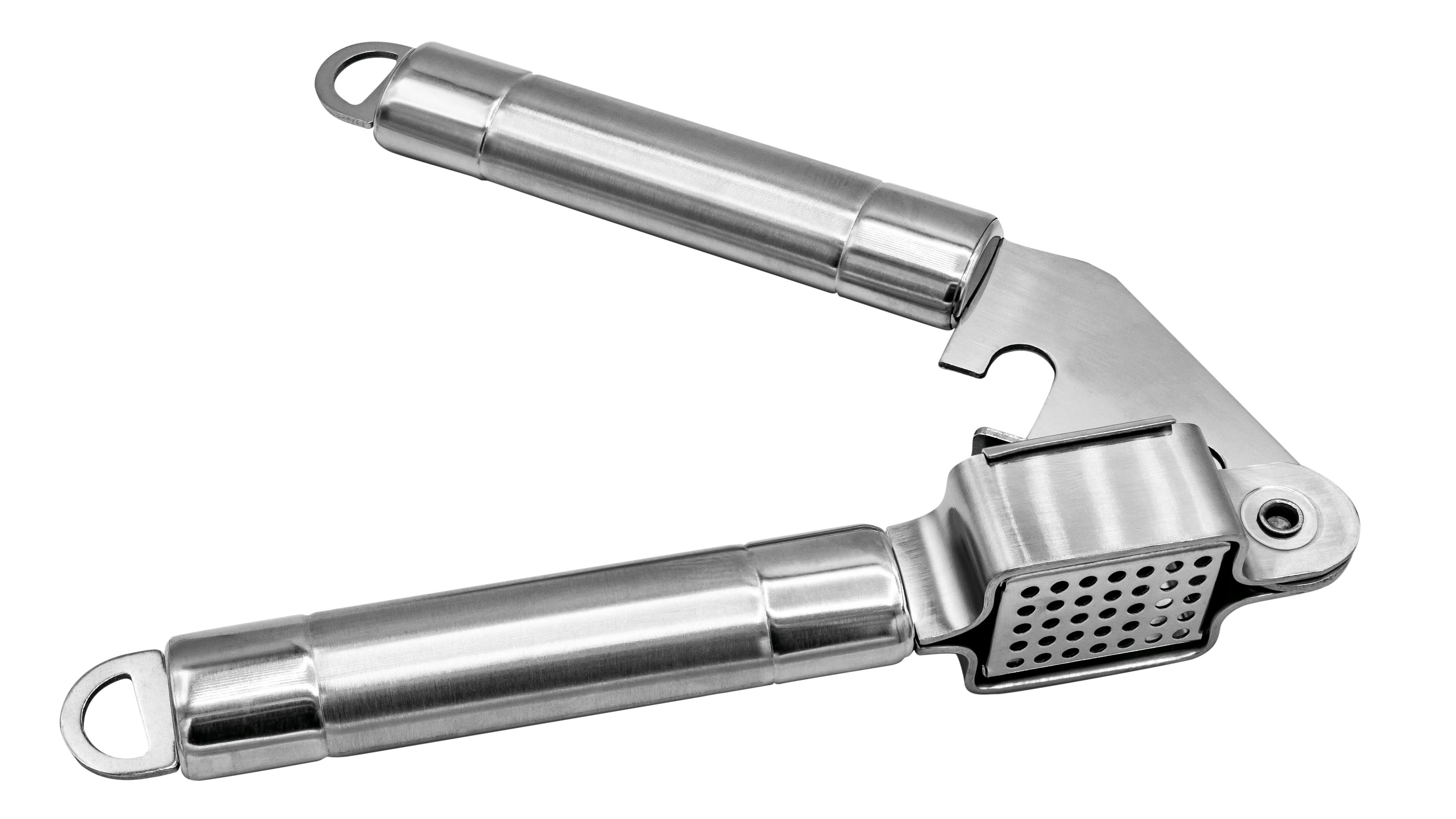
It might not be my first choice, but my duty is to protect your bread while still buttering it, and if all you have is a garlic press, so be it. Similarly to grating or zesting hard butter, the goal is to make many small pieces. Smaller bits of fat will succumb quicker to the gentle heat emanating from your freshly toasted bread. Put a hunk of butter, about the size of a clove of garlic, into the bucket of the garlic press, and press on the handle. Butter strings will extrude from the other side, which you can scrape off onto some hot toast before spreading it as usual.
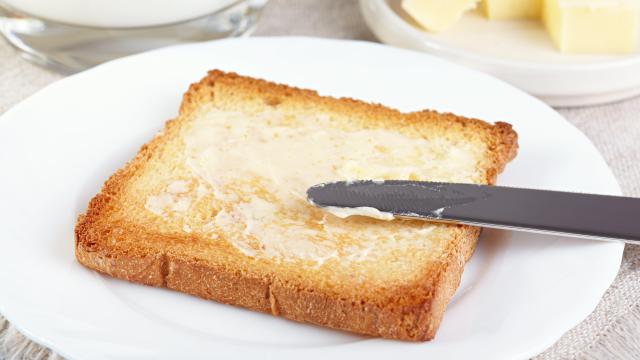
Leave a Reply
You must be logged in to post a comment.